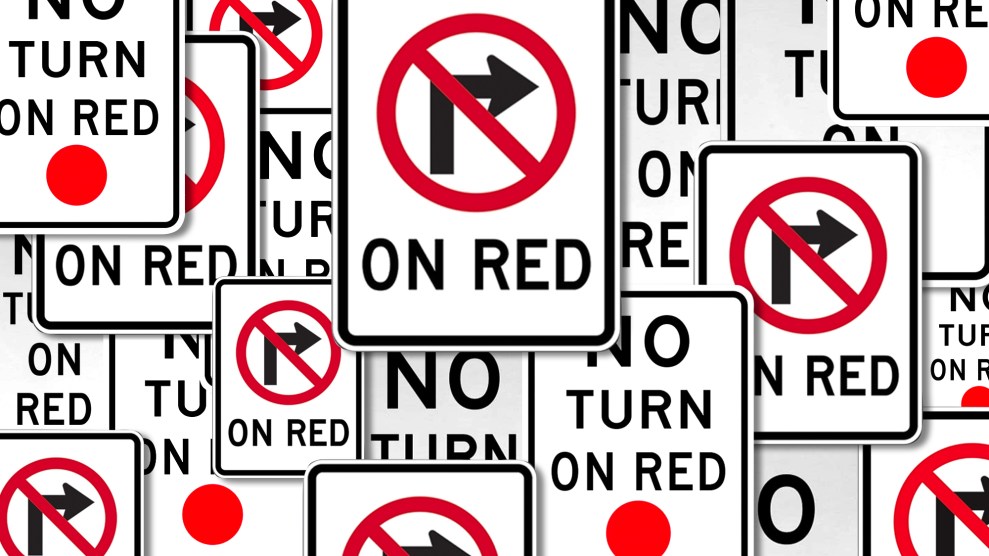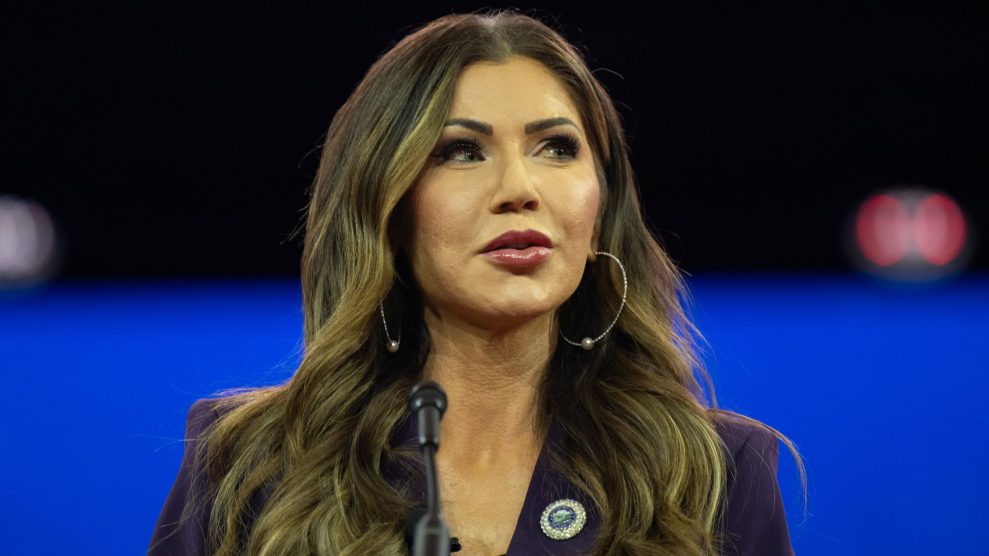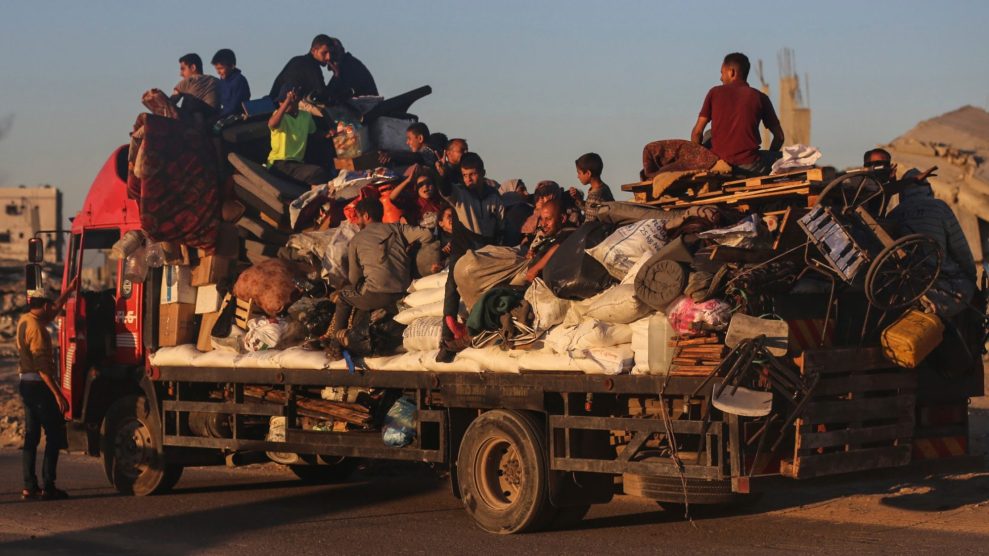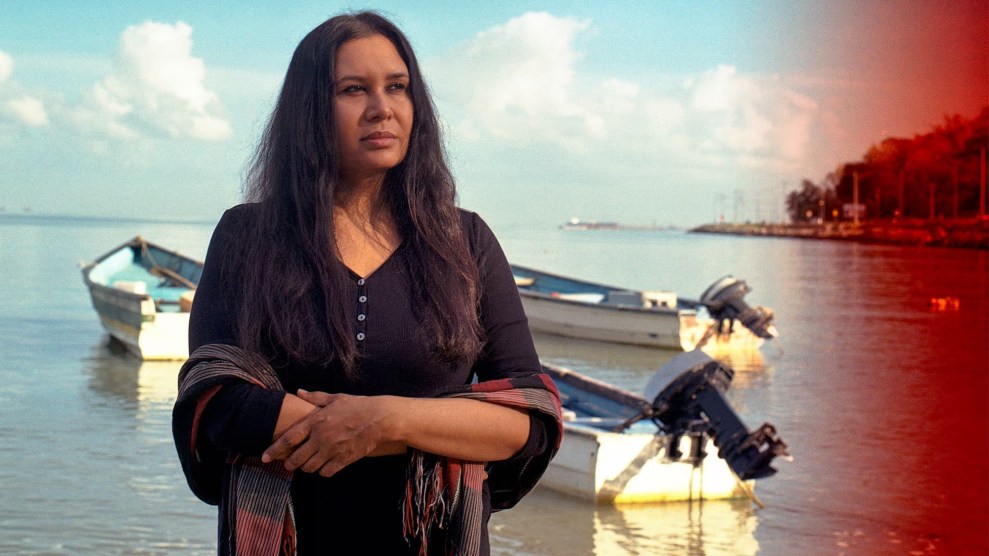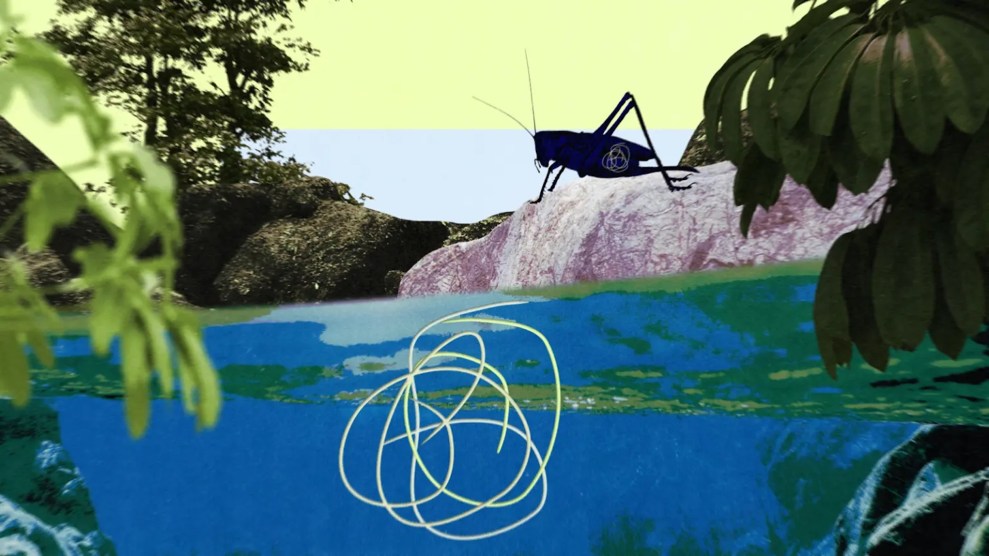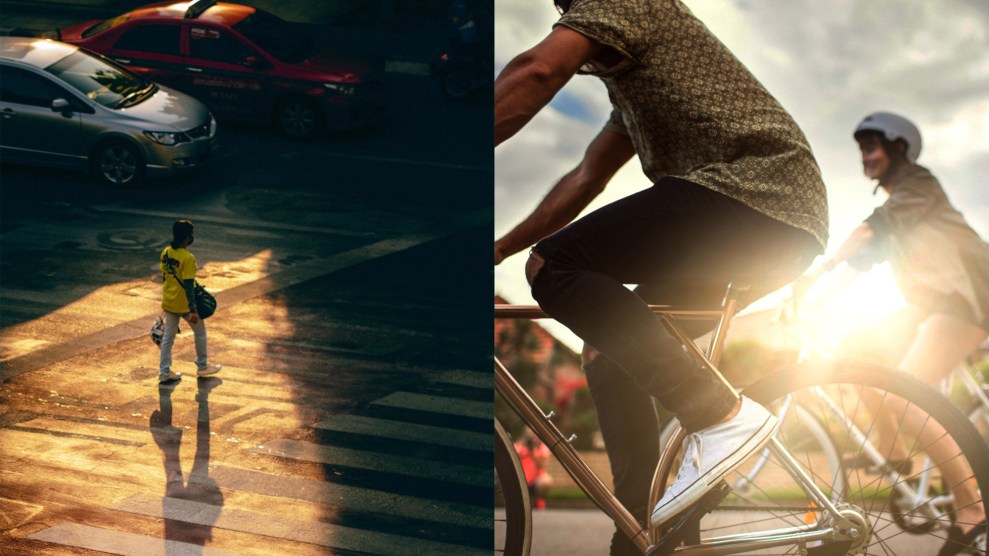
Joshua Rawson Harris/Unsplash; Getty
Sometimes, my rage gets the better of me.
To bike into downtown Denver, I need to take a left at a dangerous intersection. Despite being labeled as “cyclist friendly” by Google Maps, the crossing has no discernible bike infrastructure. There is a left turn lane but no signal; at rush hour, turning is impossible.
So, I use the crosswalk.
I was recently doing just that—rolling through the crosswalk with the pedestrian signal—when a car taking a right turn pulled in front of me. The driver rolled down his window, shook his finger at me, and said: “Not where you belong.” I was taken aback. Not where I belong? In the fucking crosswalk? With no pedestrians around, at an otherwise impassable intersection?
When I am zipping through town on a bicycle, my body protected only by a plastic sheath around my skull, I know that it is a bad idea to argue with motorists But, whoops, I yelled back at him.
After my initial fury subsided, I felt a pang of doubt. Was I in the wrong? It turns out: No. Well, actually, kind of—but not really.
In the days following, I called Andrew Phillips, a Colorado attorney with TheCyclist-Lawyer.com. He described how bicycles exist in a legal limbo, sometimes required to act as vehicles and other times as pedestrians. Colorado state law permits sidewalk riding, but some municipalities ban it. (This resource highlights sidewalk riding statutes by state.) In places where it’s legal to ride on the sidewalk, cyclists are entitled to use the crosswalk, as long as they yield to pedestrians and don’t dart out into the roadway at an unsafe speed. If a cyclist dismounts, he or she is considered a pedestrian and may use the sidewalk and crosswalk. And if a cyclist has a walk signal, Phillips said, “they’re 100 percent OK. That’s your right of way.”
That sounded like vindication to me. But then I read Denver’s Municipal Code; it turns out that sidewalk riding is, in fact, unlawful in the city, with a few narrow exceptions. The sidewalk includes the crosswalk. But just because it’s unlawful doesn’t mean people don’t do it, especially in places where biking in the roadway is impractical.
“There are times where that’s the safest place for cyclists to be is on the sidewalk,” Phillips said.
Whenever you see a cyclist riding on the sidewalk rather than the street, it’s a policy failure. Even though cyclists are allowed on most roadways in Colorado, not all streets are designed in a way that makes cyclists feel safe. Cyclists don’t ride on sidewalks because they enjoy encroaching on pedestrians’ space; they do it because they have no other options. Until we lower speed limits, calm traffic, and install protected bike lanes on most city streets, we shouldn’t punish riders for traveling in a way that they decide is safe.
“There is a minority of motorists who just think that cyclists should never be on the road,” Phillips said, “and they’re loud and dangerous to us as a result.”
Crosswalk riding has its own dangers. Phillips said that he often works with clients—either pedestrians or cyclists—who have been struck by drivers turning right while looking left for oncoming traffic. Last year, a cyclist crossing a busy street in a crosswalk was killed in Denver by a hit-and-run driver who ran a red light (though it seems unlikely that it would have made a difference if he were cycling in the roadway).
Luckily, I won’t have to let this intersection vex me for much longer. On the day of my altercation, new traffic lights had been installed, but they weren’t yet in use. Once I have a left-turn arrow, I will happily claim the whole roadway, confident that that’s where I belong. Honk away.

